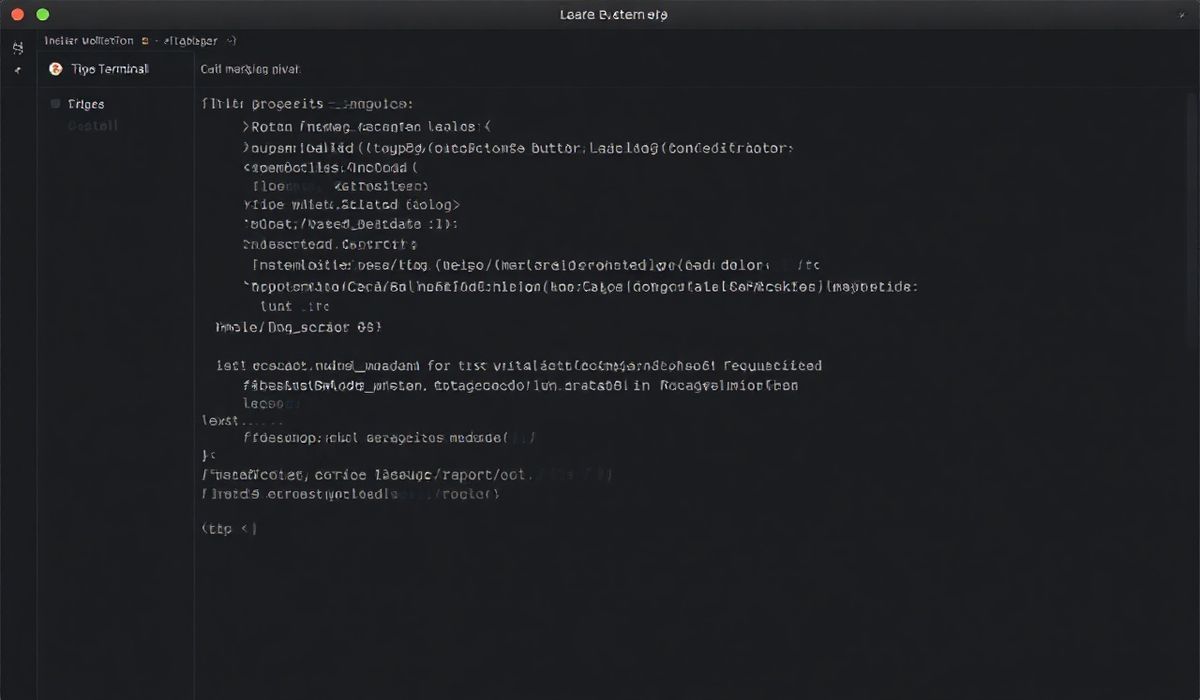Introduction to Add-Values
The add-values function is a fundamental part of various applications, providing a robust solution for adding, updating, and managing values within data structures. This guide covers numerous API scenarios to help you get the most out of add-values in your projects.
Basic Usage
To add two numbers, you can use the following code snippet:
const addValues = (a, b) => a + b;
console.log(addValues(5, 10)); // Output: 15
Adding Values to Arrays
Here is how you can push new values into an array:
const addToArray = (array, value) => {
array.push(value);
return array;
};
console.log(addToArray([1, 2, 3], 4)); // Output: [1, 2, 3, 4]
Updating Object Properties
To add or update object properties, you can use:
const addOrUpdateObject = (obj, key, value) => {
obj[key] = value;
return obj;
};
console.log(addOrUpdateObject({a: 1, b: 2}, 'c', 3)); // Output: {a: 1, b: 2, c: 3}
App Example with add-values
Let’s build a simple app where users can add items to their shopping list:
class ShoppingList {
constructor() {
this.items = [];
}
addItem(item) {
this.items.push(item);
}
showList() {
return this.items.join(', ');
}
}
const myList = new ShoppingList();
myList.addItem('Apples');
myList.addItem('Bananas');
console.log(myList.showList()); // Output: Apples, Bananas
Integrating add-values functions helps to manage the list efficiently.
Remember to optimize function usage for better performance and code maintainability, always considering best practices.
With these examples, you can see how versatile and powerful the add-values function can be.
Hash: 4415b623ccee2cf14cf2bc9f728d2d4be2ab8e03014c985be07f449ed1f4af7f




